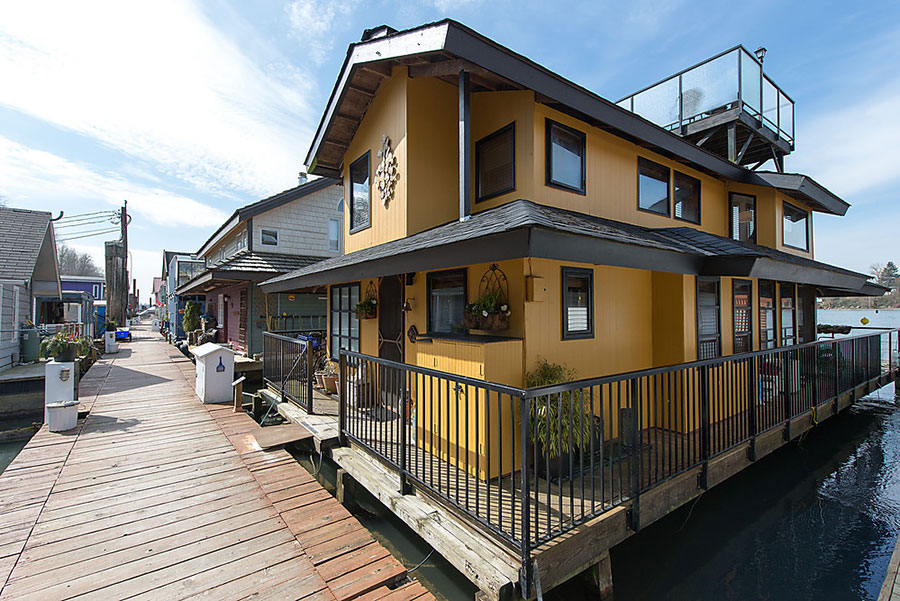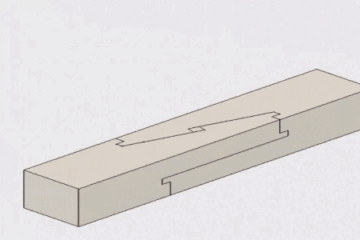Nothing conveys iconic coastal living quite like the houseboat. The peaceful serenity of the water, simplicity of space, and the ability to move your entire home if you wish is a welcome opportunity for many island and coastal dwellers.
 Floating homes offer the unique experience of living on the water. Unlike houseboats, however, a floating home is designed to stay in one place, much like a traditional land-dwelling home. Both types of structures require extra inspection and particular attention that traditional homes do not. When being inspected, they must be thoroughly examined from top to bottom, including a diver’s inspection to ensure the hull or floats are in excellent condition. Floating homes must also meet standard building codes, whereas houseboats have a bit more flexibility.
Floating homes offer the unique experience of living on the water. Unlike houseboats, however, a floating home is designed to stay in one place, much like a traditional land-dwelling home. Both types of structures require extra inspection and particular attention that traditional homes do not. When being inspected, they must be thoroughly examined from top to bottom, including a diver’s inspection to ensure the hull or floats are in excellent condition. Floating homes must also meet standard building codes, whereas houseboats have a bit more flexibility.

Floating homes may include barrels or floats to keep the home level. These floats are typically made of Styrofoam encased in concrete. Both houseboats and floating homes must take extra precautions with weight distribution and storm conditions at all times. Much like a ship, these owners must tie down patio furniture and batten down hatches to maintain safe conditions during adverse weather.
Houseboats and floating homes originated in Northwest logging camps in the 1900s, when logs were floated down the river. These rough-hewn, one-story structures are a far cry from our modern floating homes. Read more about the history of floating homes in the Northwest at this link: Seattle Floating Homes History.


